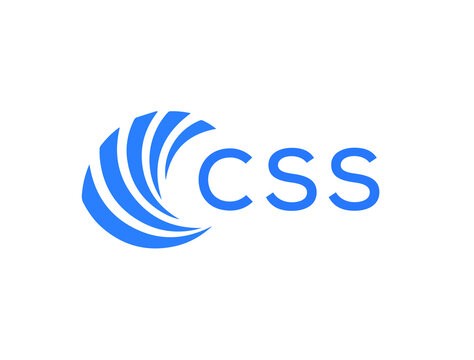CSS To Make A Logo Grow Over Time
Aug 7, 2024

Creating a logo that grows over time can enhance user engagement and add a dynamic element to your website. This blog post will explore how to implement CSS to make a logo grow over time, providing code snippets and detailed explanations to help you achieve this effect seamlessly.
Understanding the Concept of Growing Logos
When we talk about using CSS to make a logo grow over time, we refer to an animation effect that enlarges the logo gradually. This can be particularly useful for drawing attention to the logo during page load or when a user hovers over it. The effect can be subtle or pronounced, depending on your design goals.
Benefits of a Growing Logo
Enhanced Visibility: A growing logo captures user attention, making it more noticeable.
Dynamic Interaction: It adds a layer of interactivity to your website, enhancing user experience.
Brand Recognition: A unique logo animation can help reinforce brand identity.
Basic CSS Animation Principles
To create an animation, we typically use the @keyframes rule in CSS. This rule defines the styles at various points in the animation sequence.
Key Properties for Animation
transform: This property allows you to scale the logo.transition: This property enables smooth transitions between states.animation: This property applies the animation to the element.
Step-by-Step Guide to Create a Growing Logo
Step 1: HTML Structure
Start by defining the HTML structure for your logo. Here’s a simple example:
Step 2: CSS Styles
Next, we will add CSS to make the logo grow over time. Here’s how you can do it:
Explanation of the CSS Code
.logo-container: This class wraps the logo and prevents overflow during the animation..logo: This class sets the initial width of the logo and applies a transition effect to thetransformproperty.:hoverselector: When the user hovers over the.logo-container, the logo scales up to 150% of its original size.
Making the Logo Grow Over Time Automatically
If you want the logo to grow automatically without user interaction, you can use CSS animations instead of transitions. Here’s how:
Updated CSS for Automatic Growth
Explanation of the Animation
@keyframes grow: This defines the animation sequence. The logo starts at its original size, grows to 150% at the halfway point, and returns to its original size.animation: grow 3s infinite;: This applies the animation to the logo, making it repeat indefinitely every 3 seconds.
Combining Both Effects
You can also combine both hover and automatic growth effects for a more dynamic interaction. Here’s how to achieve that:
Final CSS Code
Explanation of Combined Effects
The logo will grow automatically every 3 seconds, and when a user hovers over it, it will grow even larger to 200%. This creates a visually engaging experience that draws attention to your brand.
Best Practices for Logo Animation
Keep It Subtle: Ensure the animation is not too distracting. It should enhance the user experience, not detract from it.
Test Across Devices: Check how the animation performs on different devices and screen sizes to ensure consistency.
Optimize for Performance: Excessive animations can slow down your site. Use CSS animations over JavaScript where possible for better performance.
Consider Accessibility: Ensure that the animation does not trigger motion sensitivity issues for some users. Provide options to disable animations if necessary.
Conclusion
Using CSS to make a logo grow over time can significantly enhance your website's interactivity and user engagement. By following the steps outlined above, you can implement both hover and automatic growth effects to create a dynamic logo experience. Remember to test your animations and keep user experience in mind to ensure your logo effectively represents your brand.